The home console may have broken into the mainstream first with systems like the Atari 2600 and Nintendo Entertainment System, but the handheld was not far behind. The Game Boy revolutionized the industry for a second time in just a few years, letting players take their favorite games with them on the go–albeit in a limited form–and subsequent systems brought us closer to parity between the handheld consoles and their big siblings. There have been a ton of handheld game consoles released over the years, but the 10 best handheld systems stand out with excellent game lineups, great hardware, unique features, or some combination of the three.
10. Game Gear
Sega’s answer to the Game Boy was, like the Sega Genesis, designed to show a clear superiority to Nintendo’s own system. The Game Gear, unlike the Game Boy, was in color! You could play Sonic on it, and the game looked almost as good as it did on the Genesis! The Game Gear was very impressive on a technical level, and despite not having the same smash-hits the Game Boy had–particularly with Tetris–it did still feature a bunch of memorable games. Versions of Gunstar Heroes, Out Run, Streets of Rage, Shinobi, and Ecco the Dolphin? For a console that didn’t establish the same brand power as Game Boy, the Game Gear sure did deliver.
9. Sega Nomad
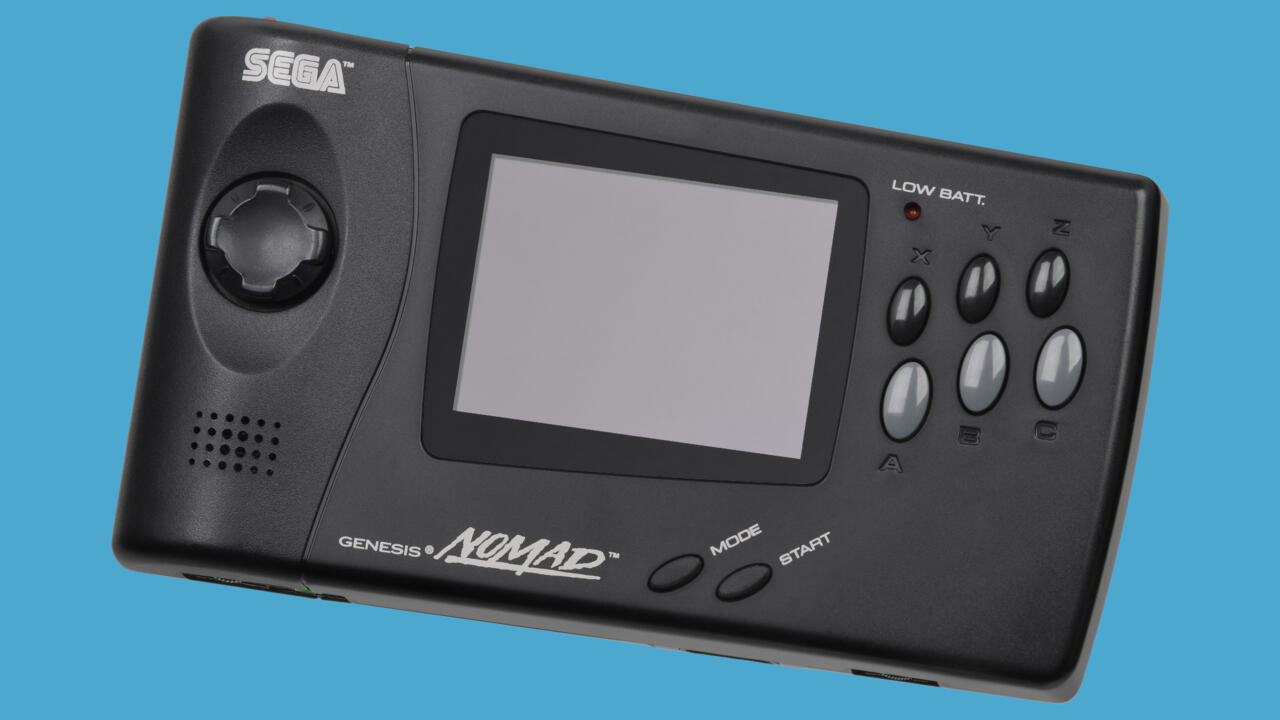
Look, the Sega Nomad isn’t exactly one of Sega’s biggest success stories. It didn’t make much of a dent in the market and Sega certainly didn’t continue investing resources in handheld systems. However, it’s also an undeniably cool console, as it was essentially just a handheld Sega Genesis. While some accessories weren’t supported, players could basically take any Genesis game they wanted on the go, playing it just like they would at home, Sure, the Turbo Express–a similar idea for the TurboGrafx 16–did this first, but the Genesis’ software lineup was a lot beefier. Even now, if you have a library of Genesis games and don’t own a CRT TV, the Nomad may be a better option for you than plugging your console into a new TV.
8. PlayStation Portable
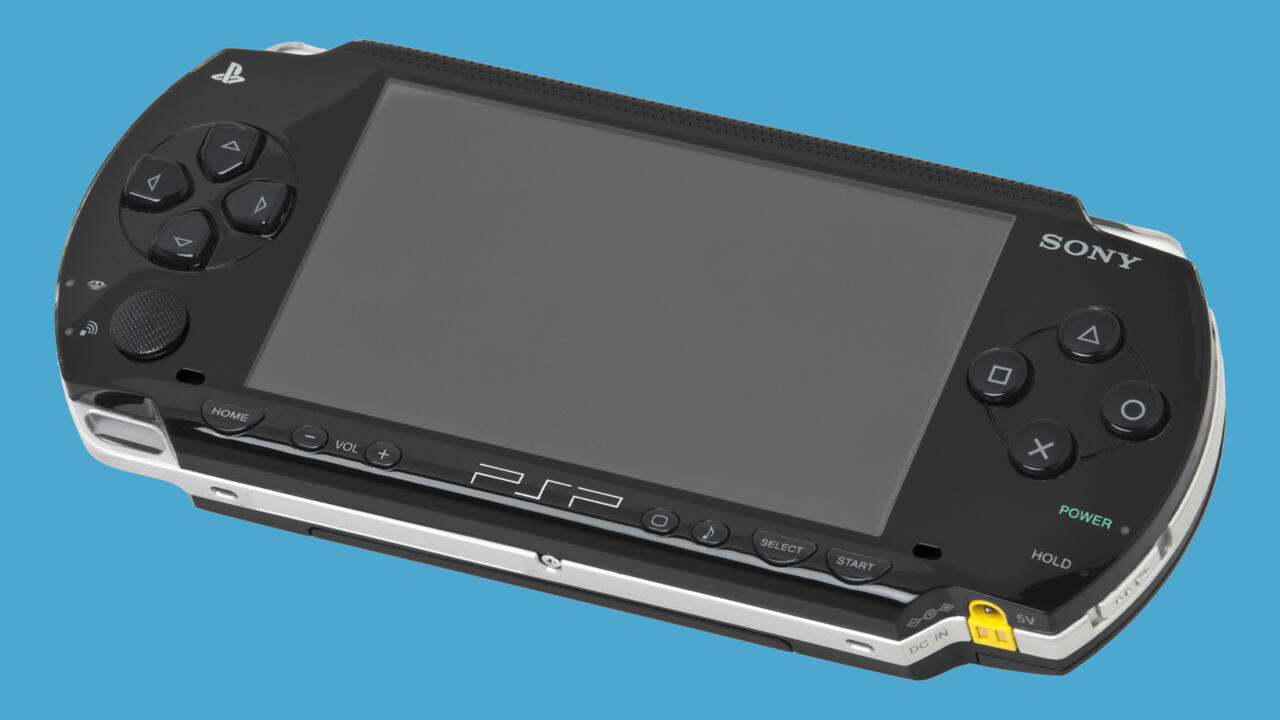
The PlayStation Portable–PSP for short–was Sony’s attempt to do the impossible twice. The company had a chance to dethrone Nintendo as the king of home consoles, and it succeeded with the original PlayStation, and the PSP gave the DS a run for its money. Though it ultimately fell well short of its competition in sales, Sony’s first handheld was an undeniably impressive system. Its visuals were far better than the DS, it could be used for full-length movies, and it had a wonderful game lineup from Sony as well as third-party companies. Two great God of War games, three Grand Theft Auto games, an essential Final Fantasy VII prequel, and even a Hideo Kojima-directed Metal Gear Solid game were all released for the PSP.
7. PlayStation Vita
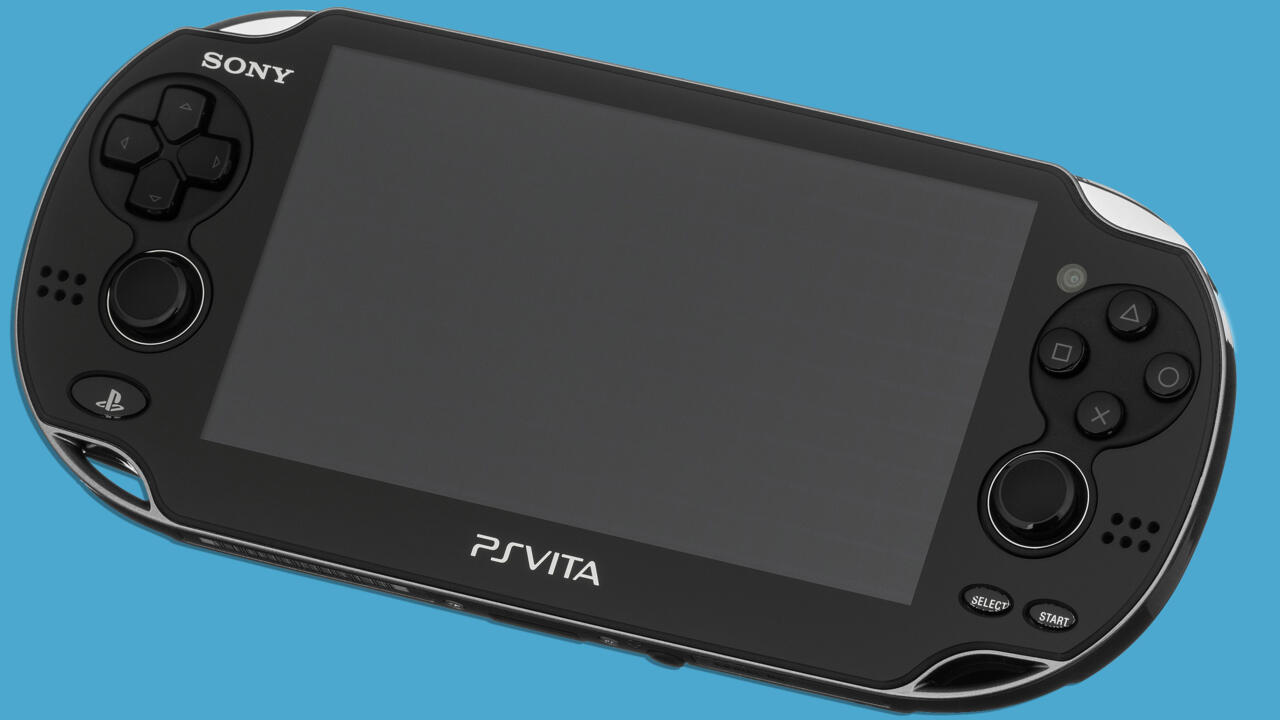
Some systems on this list earned their because of the strength of their software lineup. That is not the case with the Vita. The system started out well enough with its own Uncharted game and some excellent console ports, but Sony abandoned the system shockingly fast and ended up marketing it as a PS4 companion device within a few years. That’s a shame, because it’s a stunning piece of tech, which shipped with an OLED display–at least the launch version–along with dual analog sticks, a touchscreen, and a rear touchpad. It turned into an indie game darling, thanks in part to the free PS Plus games it received each month for a few years, and helped to set the stage for the Nintendo Switch.
6. Nintendo DS Lite
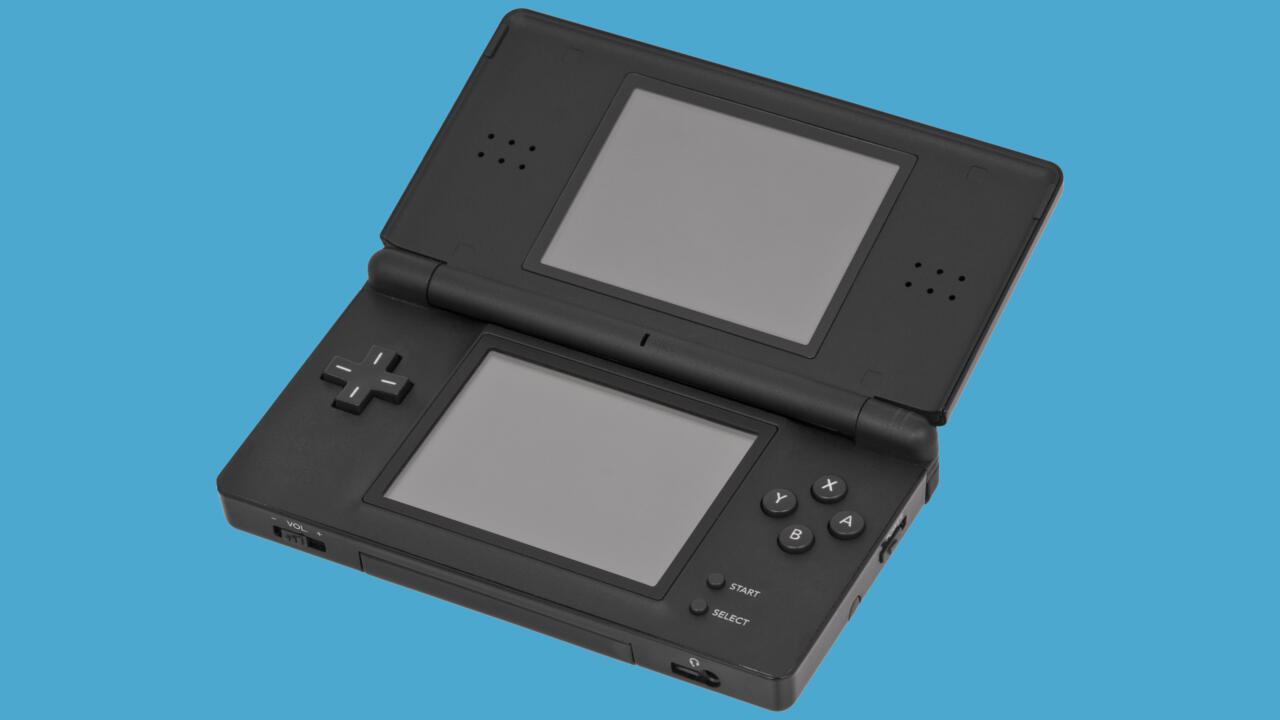
The original Nintendo DS was a very impressive system, with touch control in gaming years before competitors would do so on their own handheld devices. But it was also a bit of a chunky abomination–a charming one, for sure–but one that looked a little bit antiquated despite its advanced tech. The DS Lite fixed that with a smaller and sharper design that looked like it was cutting edge, and it did so without sacrificing features. The Game Boy Advance game slot from the original version was still included, which wasn’t the case on the DSi a few years later. While the DSi was a better handheld from a hardware design perspective, the DS Lite gets the nod here because of backwards compatibility.
5. Game Boy

The not-so-little system that started it all, the Game Boy certainly wasn’t the best iteration of Nintendo’s famous handheld line, but it was one of its most successful because of its simplicity and great game selection. Packaging Tetris with the system made it an instant classic already, but add in games like The Legend of Zelda: Link’s Awakening, Pokemon Red & Blue, and Dr. Mario, and it’s clear why the Game Boy was successful. Later versions would correct some of its early problems, like a dim screen and a tendency to drain batteries in just a few hours, but did any of those systems survive a bombing during Desert Storm? We didn’t think so.
4. New 3DS XL
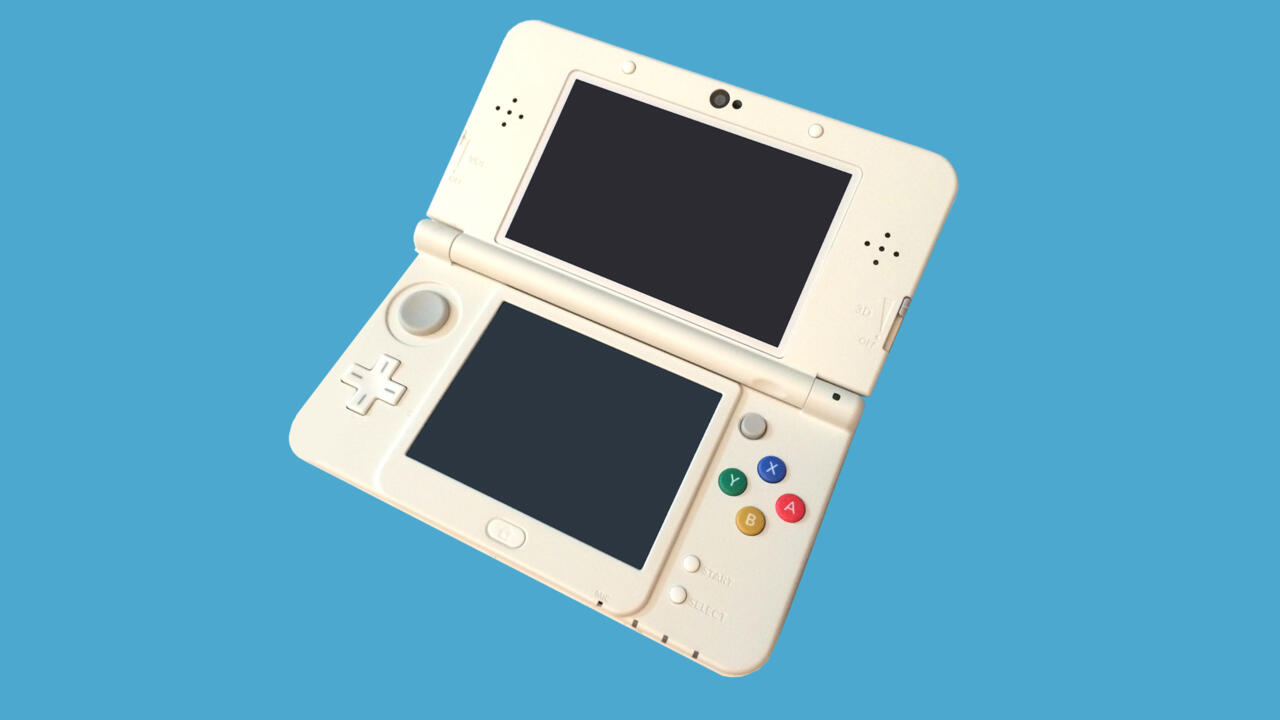
Yes, the name was silly then and it’s even sillier now that the system is not only not new, but also discontinued. However, the New 3DS XL saw the console at its peak, with improved performance, the C-stick allowing for dual-analog controls, a larger screen, and even a few exclusive games that couldn’t run on older 3DS hardware. The newer system also has far better battery life than the original model, and it gets rid of a few of that system’s annoyances such as lines appearing from the bottom bezel on the top screen. Is it worth getting the system because you have to play Minecraft on a 3DS? Probably not, but it’s the best version of a great system.
3. Nintendo Switch
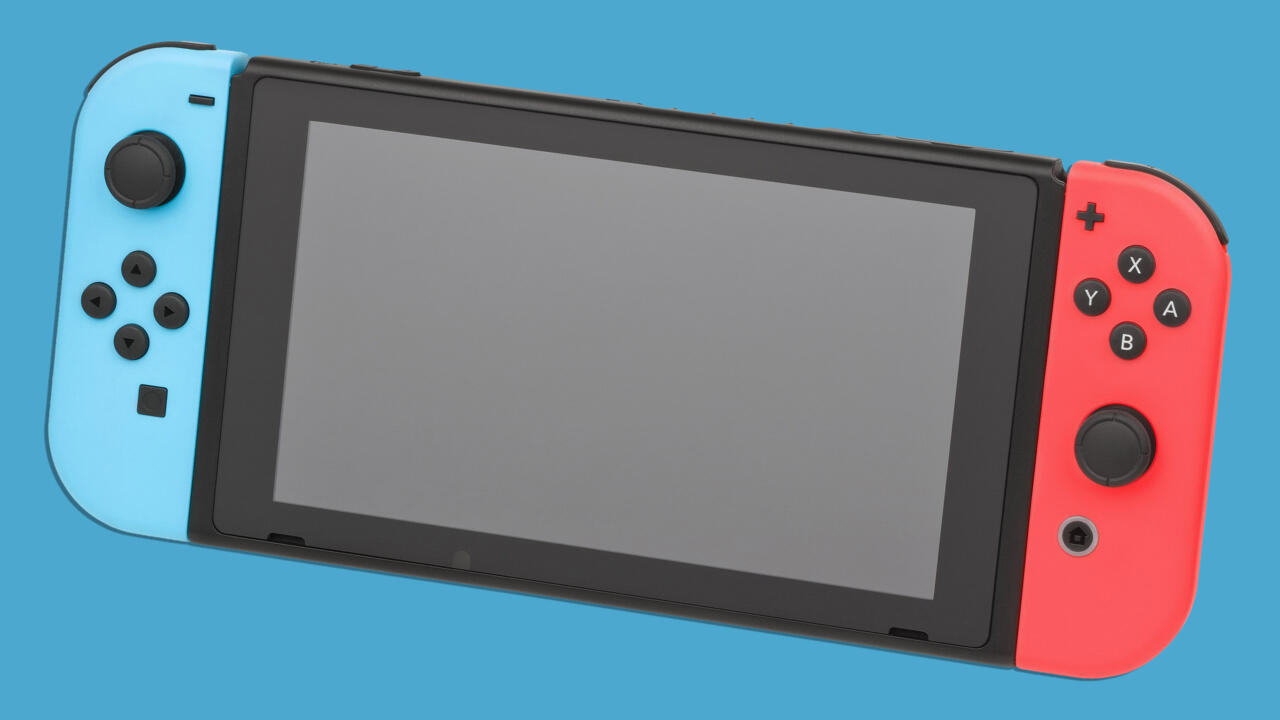
Talk about a rebound for Nintendo. After the Wii U’s colossal failure–only the Virtual Boy was a bigger flop for the company–it opted for a hybrid console approach. The Nintendo Switch is both a home console and a handheld, functioning as a successor to the Wii U as well as the 3DS. In addition to its convenience and ease of use, the Switch benefited from a ridiculously good early game lineup, including the launch-title The Legend of Zelda: Breath of the Wild as well as Super Mario Odyssey and the definitive version of Mario Kart 8. That has only continued in the four years since, and it has received third-party support unlike any Nintendo system in decades.
Read Our Nintendo Switch OLED Model Review.
2. Game Boy Color

Depending on who you ask, the Game Boy Color was either a new handheld generation or an iteration on the original Game Boy and Game Boy Pocket. Because it had so many exclusive games, we tend to put it in the former category, and the Game Boy Color had another, pretty obvious improvement over the earlier versions: a color screen. Rather than the displays of baby diarrhea-green, the system could show bright, vibrant colors, and it had plenty of games that took advantage of this. Mario Tennis on Game Boy Color is one of the best games in the entire franchise, oddly enough, and it also just so happened to be home to Pokemon Gold and Silver, which are often called the best Pokemon games of all time.
1. Game Boy Advance SP
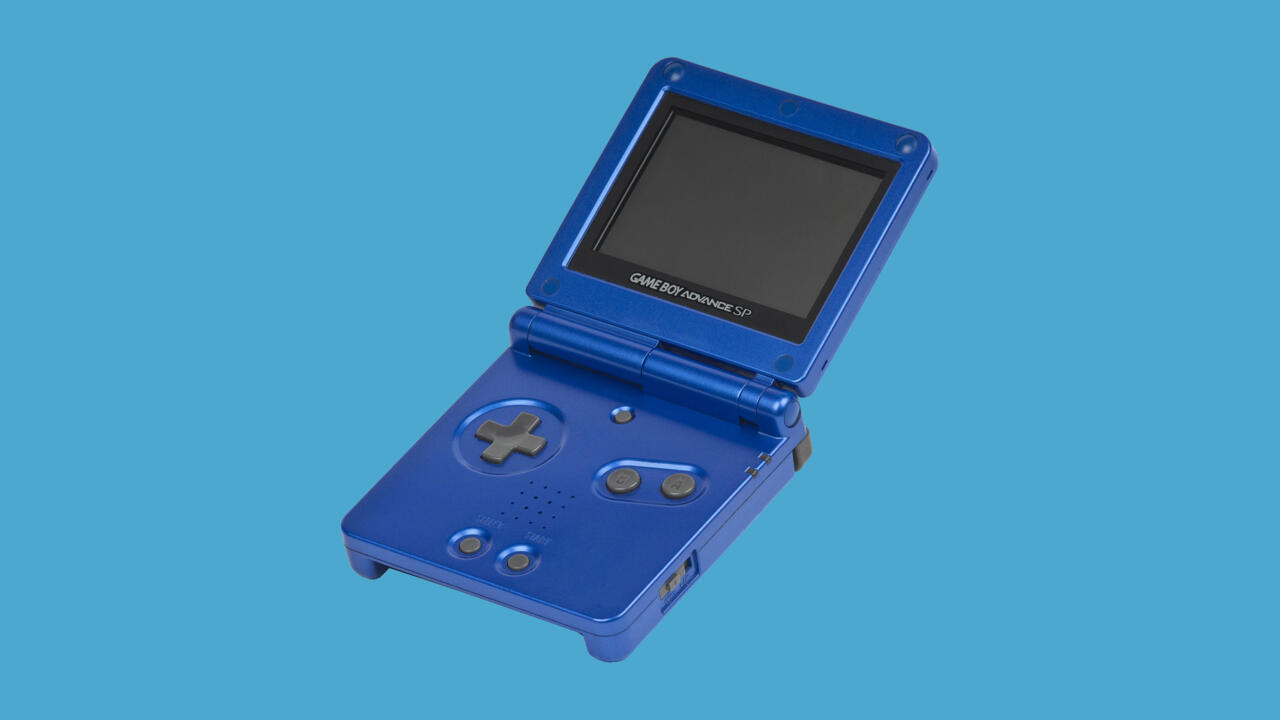
Sometimes you don’t get it right on your first try. Look at Edison with the lightbulb, or Chipotle with queso. Nintendo’s original Game Boy Advance certainly had great games, but it was ugly, lacked a backlight, and wasn’t all that portable because of its weird shape. The Game Boy Advance SP fixed every problem it had, delivering a bright screen and a folding design to protect that screen from damage when you dropped it–and you were going to at some point. What it didn’t change was the amazing game lineup available on a system that was only really actively supported for four years. The Legend of Zelda: Minish Cap, multiple great Metroid games, two Fire Emblem games, and definitive ports for a ton of SNES titles were all available. Even today, the GBA lineup has aged quite well, and the SP is one of the best places to play it.

